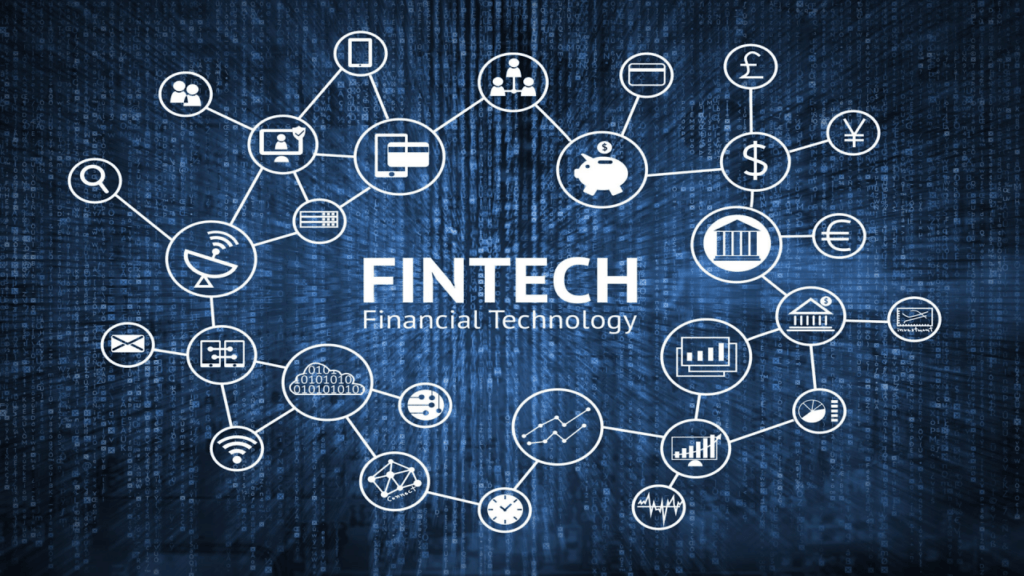Financial inclusion, the idea that everyone should have access to banking services, has been a world goal for a long time. While significant progress has been made, millions of people still lack access to basic financial services (FS), especially in developing countries.
However, the rise of banking technology, or fintech, is revolutionizing the landscape, offering innovative solutions to bridge this gap and bring inclusive finance within reach for everyone. In this article, we will explore how the sector is transforming the world of finance, making it more accessible and inclusive than ever before.
The Challenge of Financial Inclusion
The Global Financial Divide
Lack of access to banking, credit, and other monetary services—known as financial exclusion—is a serious problem all over the world. The World Bank estimates that some 1.7 billion adults do not have access to formal banking services. Over 60% of adults in sub-Saharan Africa and South Asia do not have a bank account, making this a particularly pressing issue in these regions.
Traditional Barriers to Financial Inclusion
Several barriers have traditionally hindered inclusive finances:
- Geographical Barriers: In many remote and rural areas, there are no physical banks or ATMs, making it challenging for people to access banking services.
- High Costs: Traditional banking services often involve high fees and minimum balance requirements, making them unaffordable for low-income individuals.
- Lack of Documentation: Many people, especially in developing countries, lack the necessary identification and documentation required to open a bank account.
- Limited Financial Literacy: A lack of education can prevent people from understanding and utilizing banking services effectively.
The Rise of Fintech
Fintech: A Game Changer
Fintech, a shorthand for “financial technology,” refers to the use of technology to deliver innovative banking and monetary services. It has emerged as an immense competitor in the industry, providing alternatives to old hurdles to inclusive finance.
Key Advantages of Fintech for Financial Inclusion
1. Accessibility
Fintech software solutions are accessible to anyone with a smartphone and internet connection, bypassing the need for physical bank branches. This accessibility is especially critical in remote areas where traditional banking infrastructure is lacking.
2. Affordability
Many fintech services are way more cost-effective than traditional banking. They often have lower fees, no minimum balance requirements, and offer competitive exchange rates, making them an attractive option for low-income individuals.
3. Digital Identification
Fintech companies are pioneering digital identification solutions, allowing individuals without traditional IDs to prove their identity digitally. This innovation opens the door to millions who were previously excluded from the banking system.
4. Financial Education
Fintech platforms often incorporate financial education modules, helping users understand and manage their finances better. This is particularly beneficial for those with limited monetary literacy.
Examples of Fintech Solutions
1. Mobile Wallets
Mobile wallet apps like M-Pesa in Kenya have revolutionized how people make payments and transfer money. Users can store money digitally on their smartphones and make transactions easily, even in remote areas.
2. Peer-to-Peer Lending
Platforms like Kiva and Prosper enable individuals to lend money directly to borrowers in need, cutting out traditional banks and their associated fees.
3. Digital Banks
Digital-only banks like Chime and N26 offer full-service banking without physical branches, providing accessibility and lower fees.
4. Blockchain and Cryptocurrencies
Blockchain technology and cryptocurrencies like Bitcoin are disrupting the traditional banking system by providing secure and efficient ways to transfer and store value, particularly in areas with unstable banking systems.
The Impact of Fintech on Financial Inclusion
Positive Outcomes
The integration of fintech into the sector has already had a profound impact on inclusive finance:
- Increased Access: The sector has extended financial services to previously underserved populations, bringing millions into the formal banking system.
- Lower Costs: Many fintech solutions are more affordable than traditional banking, including costs for mobile banking app development services, reducing the financial burden on both users and companies.
- Improved Efficiency: Digital transactions and automated processes have streamlined financial operations, reducing the time and effort required for transactions.
- Financial Empowerment: The sector has empowered individuals by providing them with greater control over their finances and access to a wider range of monetary products and services.
Challenges and Concerns
While fintech has the potential to drive inclusive finance, there are challenges and concerns to address:
1. Digital Divide
Not everyone has access to the internet or smartphones, creating a digital divide that excludes some from using such solutions.
2. Data Privacy and Security
As transactions become increasingly digital, ensuring data privacy and security is crucial to protect users from fraud and cyberattacks.
3. Regulatory Issues
The rapidly evolving fintech landscape poses challenges for regulators to strike a balance between innovation and consumer protection.
The Road Ahead
Future Trends in Fintech for Financial Inclusion
As fintech continues to evolve, several trends are shaping the future of financial inclusion:
1. Collaboration with Traditional Banks
Partnerships between fintech companies and traditional banks can leverage the strengths of both to expand FS to a wider audience.
2. Artificial Intelligence and Big Data
AI-powered algorithms and big data analysis can help such companies better understand user behavior and tailor financial products to individual needs.
3. Financial Inclusion Metrics
Developing standardized metrics to measure inclusive finance will help track progress and identify areas that need improvement.
Conclusion
Financial inclusion is a global imperative, and fintech is proving to be a powerful tool to address this challenge. By offering accessible, affordable, and innovative FS, fintech is bringing millions of people into the formal banking system and empowering them with greater control over their financial lives. However, it’s crucial to address the digital divide, data privacy, and regulatory concerns to ensure that fintech continues to drive positive change in the world of finance.
Frequently Asked Questions
What is fintech?
Fintech, short for financial technology, refers to the use of technology to provide innovative financial services, such as mobile payments, peer-to-peer lending, and digital banking.
How does fintech promote financial inclusion?
Fintech promotes inclusive finance by offering accessible, affordable, and digital FS that reach underserved populations, especially in remote areas with limited traditional banking infrastructure.
What are some examples of fintech solutions for financial inclusion?
Examples of fintech solutions for inclusive finances include mobile wallets like M-Pesa, peer-to-peer lending platforms like Kiva, digital-only banks like Chime, and blockchain-based cryptocurrencies like Bitcoin.
What challenges does fintech face in driving financial inclusion?
Fintech faces challenges such as the digital divide, data privacy and security concerns, and regulatory issues that need to be addressed to ensure its positive impact on financial inclusion.
What are the future trends in fintech for financial inclusion?
Future trends in fintech for inclusive finance include collaboration with traditional banks, the use of artificial intelligence and big data, and the development of standardized metrics to measure financial inclusion progress.
Is a freelance tech writer based in the East Continent, is quite fascinated by modern-day gadgets, smartphones, and all the hype and buzz about modern technology on the Internet. Besides this a part-time photographer and love to travel and explore. Follow me on. Twitter, Facebook Or Simply Contact Here. Or Email: [email protected]








Leave a Reply